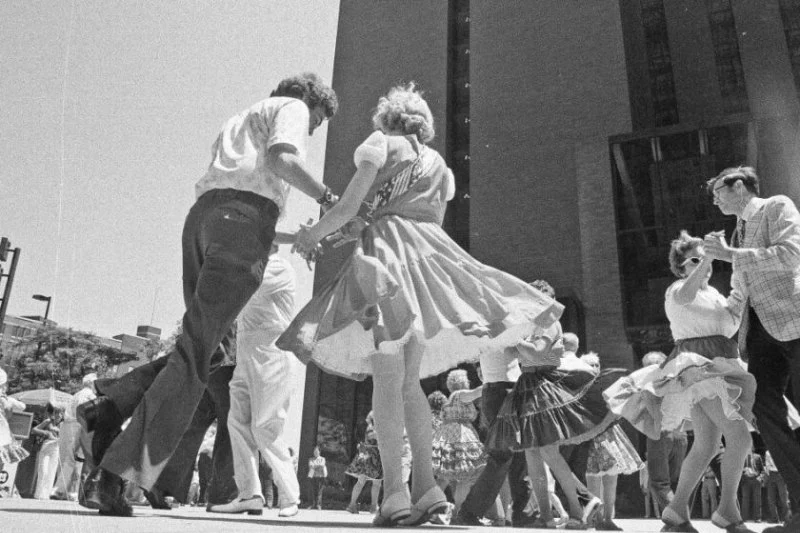
Did Henry Ford Promote Square Dancing in Schools?
- Henry Ford and His Views on Dance
- The Influence of Ford on American Culture
- Square Dancing in Schools and Its Rise
- Why Henry Ford Promoted Square Dancing
- Impact of Ford's Promotion on Education and Society
Henry Ford and His Views on Dance
Henry Ford, the founder of Ford Motor Company, is widely known for revolutionizing the automobile industry with his assembly line. However, his influence went beyond the automobile. Ford was deeply involved in the cultural and social movements of his time, and he took a particular interest in promoting American traditions, including dance. Ford believed in the importance of promoting American heritage and community bonding, which led him to endorse square dancing, particularly in schools and other public spaces.
Ford's Vision for American Culture
Ford saw square dancing not only as a fun and healthy activity but also as an opportunity to bring people together. During the early 20th century, he recognized that Americans were increasingly becoming isolated due to industrialization and urbanization. He believed that square dancing could serve as a social activity that would strengthen community ties and foster a sense of shared culture. This belief led him to sponsor various square dance events and initiatives to spread this tradition.
The Influence of Ford on American Culture
Ford was not just an industrialist but a cultural force. His views on American culture influenced various aspects of society, from manufacturing to entertainment. Through his support for folk traditions like square dancing, Ford helped preserve and popularize cultural practices that might have otherwise faded away in the face of modernization. His efforts were part of a broader movement to reconnect Americans with their roots and foster a sense of national pride.
Ford's Efforts to Promote Square Dancing
Ford’s enthusiasm for square dancing was evident in several ways. He financed events, wrote about the importance of folk dance, and even built dance floors at his factories to encourage employees to engage in this activity. These efforts were aimed at promoting not only physical health but also unity and morale among his workers and their families.
Square Dancing in Schools and Its Rise
One of Ford’s significant contributions to American education was his push to include square dancing in school curricula. During the 1920s and 1930s, as physical education began to take a more prominent role in schools, Ford saw an opportunity to introduce square dancing as a fun and beneficial activity for children. He believed it would promote coordination, teamwork, and a sense of tradition, all of which were key components of his vision for a healthy, engaged society.
The Integration of Square Dancing in Schools
Ford’s promotion of square dancing in schools was part of a broader movement to instill healthy habits in American youth. The Ford Motor Company was instrumental in providing funding and resources to make square dancing a staple in schools across the country. Teachers were trained to teach square dancing, and students across many states participated in organized square dance events. The practice gained popularity quickly, becoming a widespread cultural phenomenon that transcended regional and social boundaries.
Why Henry Ford Promoted Square Dancing
Ford’s motivation for promoting square dancing was driven by several factors, including his belief in physical health, community bonding, and preserving American cultural traditions. He saw square dancing as a tool for improving public health by encouraging exercise and social interaction. Additionally, he was passionate about preserving folk traditions that connected Americans to their past, and square dancing, with its roots in American history, was the perfect vehicle for this goal.
The Health and Social Benefits
Ford believed that square dancing was a simple and enjoyable way to promote physical fitness. The dance itself is a cardiovascular activity that requires coordination, balance, and teamwork, making it an excellent form of exercise. More importantly, it allowed individuals to come together in a social setting, building camaraderie and unity—something Ford felt was essential in an increasingly industrialized society.
Impact of Ford's Promotion on Education and Society
Ford's promotion of square dancing in schools had a lasting impact on American education and culture. While the popularity of square dancing in schools has ebbed and flowed over the years, Ford’s efforts helped lay the groundwork for a broader appreciation of folk dance as a part of American heritage. Square dancing was taught in many schools as part of the physical education curriculum and became a community event in small towns and large cities alike.
Long-Term Cultural Legacy
Even today, square dancing remains a beloved tradition in many parts of the United States, especially in rural areas and among older generations who grew up with it in schools. Ford’s promotion of the practice helped ensure its place in American culture, even as new forms of entertainment and social activities emerged. His work stands as a testament to the value he placed on community engagement and the preservation of American traditions.
For those interested in learning more about square dancing and its cultural significance, visit American Dance Academy for the best resources, classes, and dance supplies to get started.
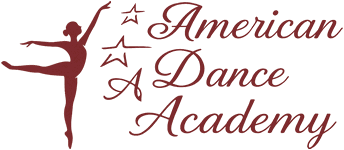
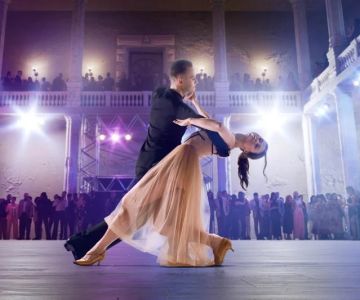
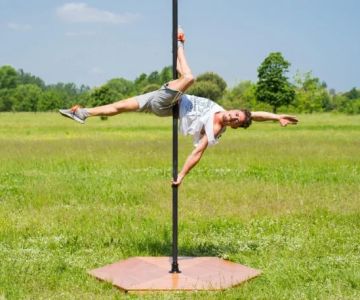
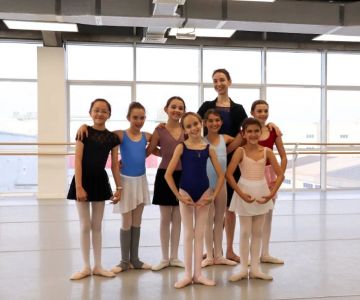
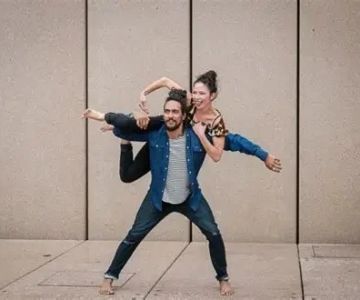
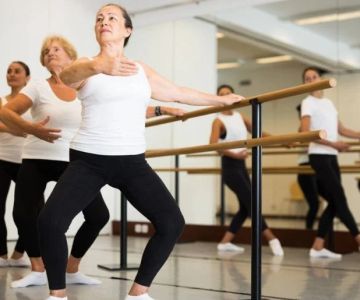
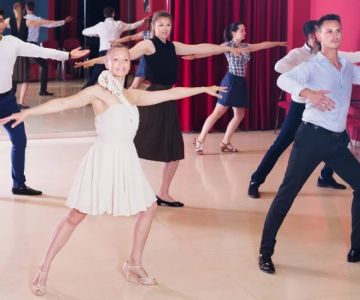
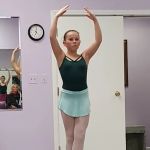 Barrington Dance Academy5.0 (22 reviews)
Barrington Dance Academy5.0 (22 reviews)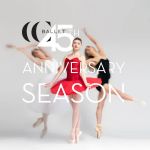 Canyon Concert Ballet4.0 (17 reviews)
Canyon Concert Ballet4.0 (17 reviews)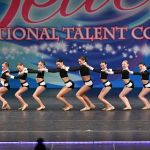 Big City Dance Center LLC4.0 (25 reviews)
Big City Dance Center LLC4.0 (25 reviews)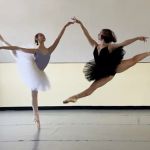 Tye Chua Dance & Kalamazoo Ballet5.0 (18 reviews)
Tye Chua Dance & Kalamazoo Ballet5.0 (18 reviews)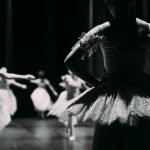 Fenton Ballet Theatre4.0 (24 reviews)
Fenton Ballet Theatre4.0 (24 reviews) Front Street Dance Center5.0 (7 reviews)
Front Street Dance Center5.0 (7 reviews) Are There Dances in Middle School? What Students and Parents Should Know
Are There Dances in Middle School? What Students and Parents Should Know How a Dance School in Instagram Builds Community and Success
How a Dance School in Instagram Builds Community and Success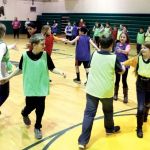 Why Do Schools Teach Square Dancing?
Why Do Schools Teach Square Dancing?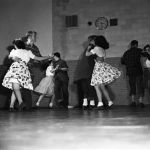 Why Was Square Dancing Taught in School?
Why Was Square Dancing Taught in School? Why Swing Dance Is Popular for Adults
Why Swing Dance Is Popular for Adults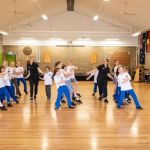 A School Dance: How to Prepare, Shine, and Make It Unforgettable
A School Dance: How to Prepare, Shine, and Make It Unforgettable